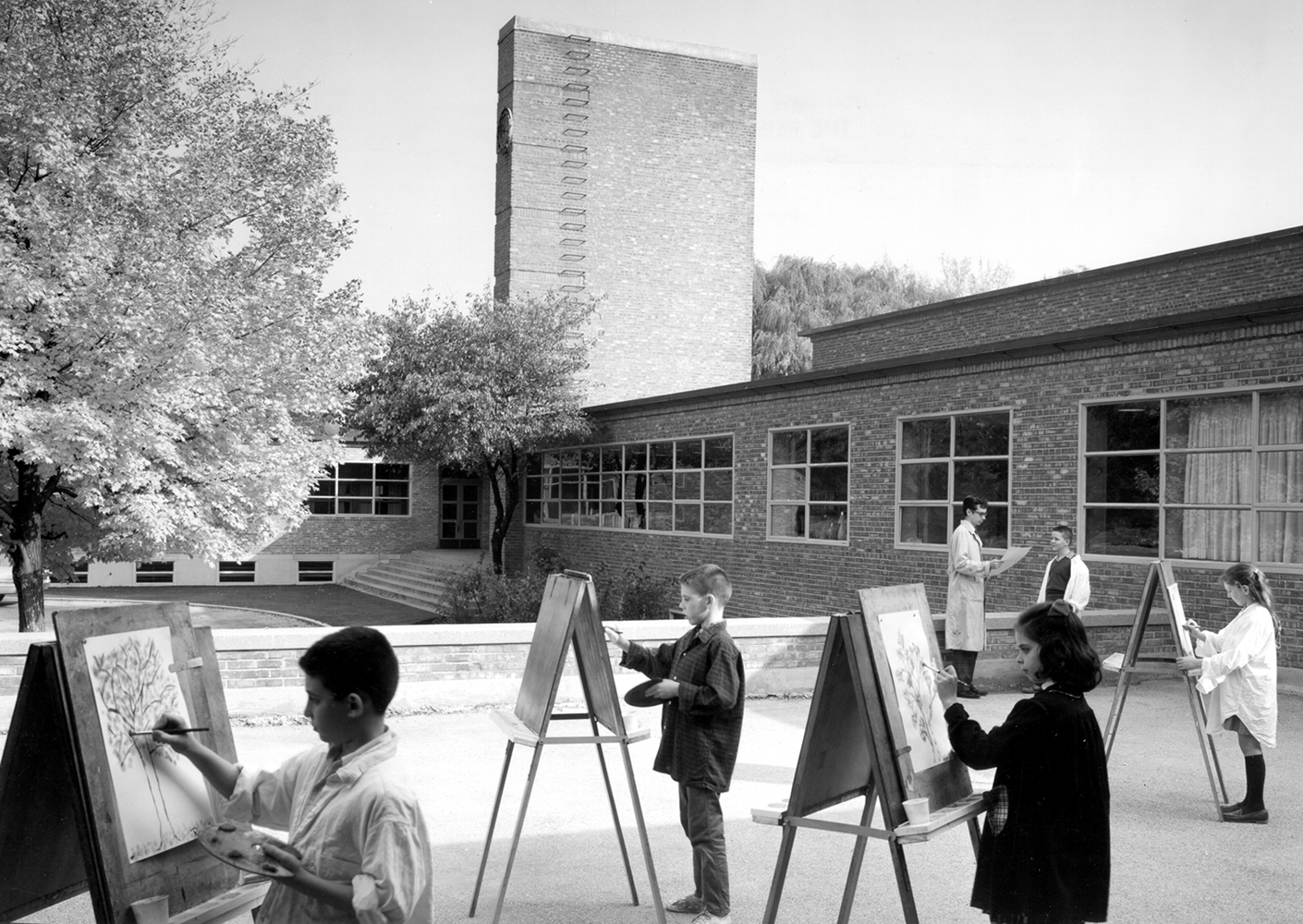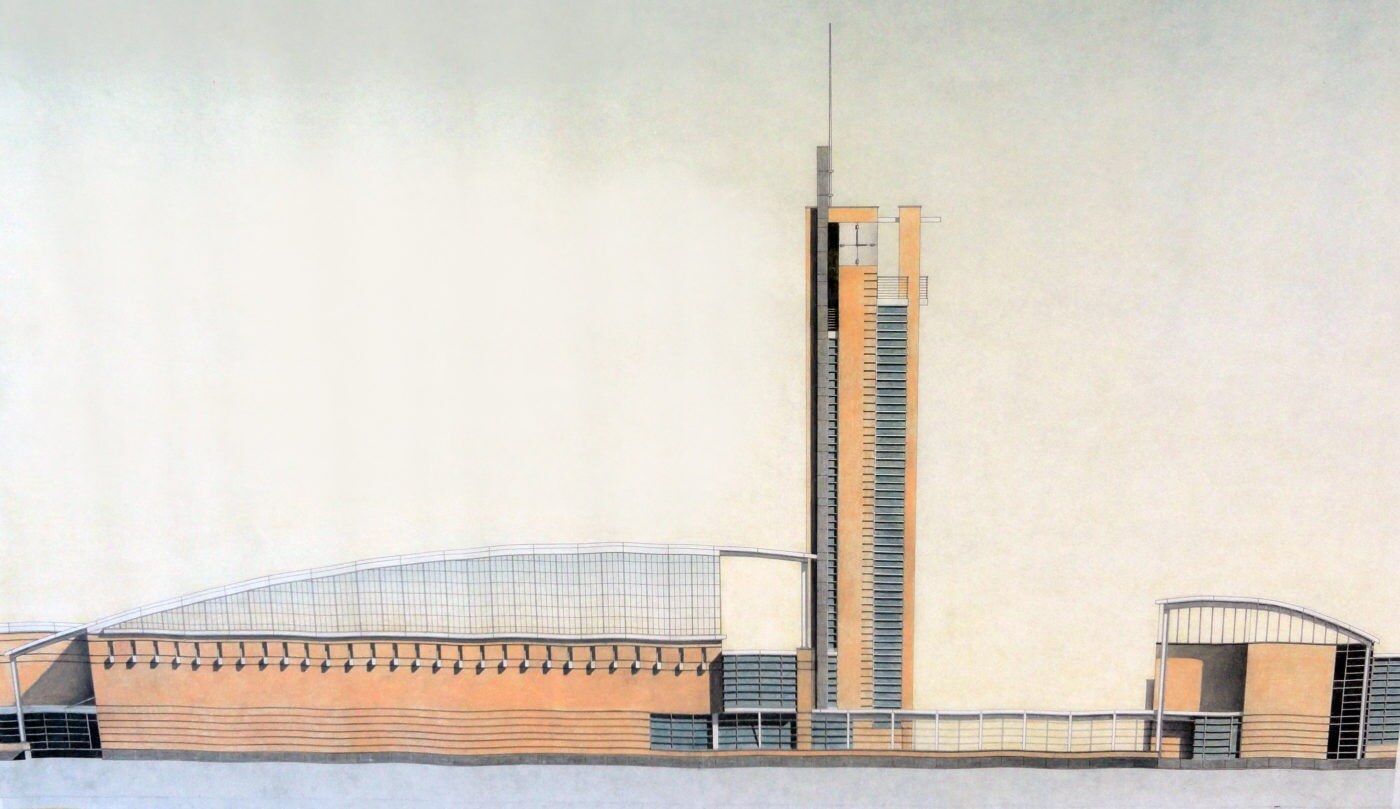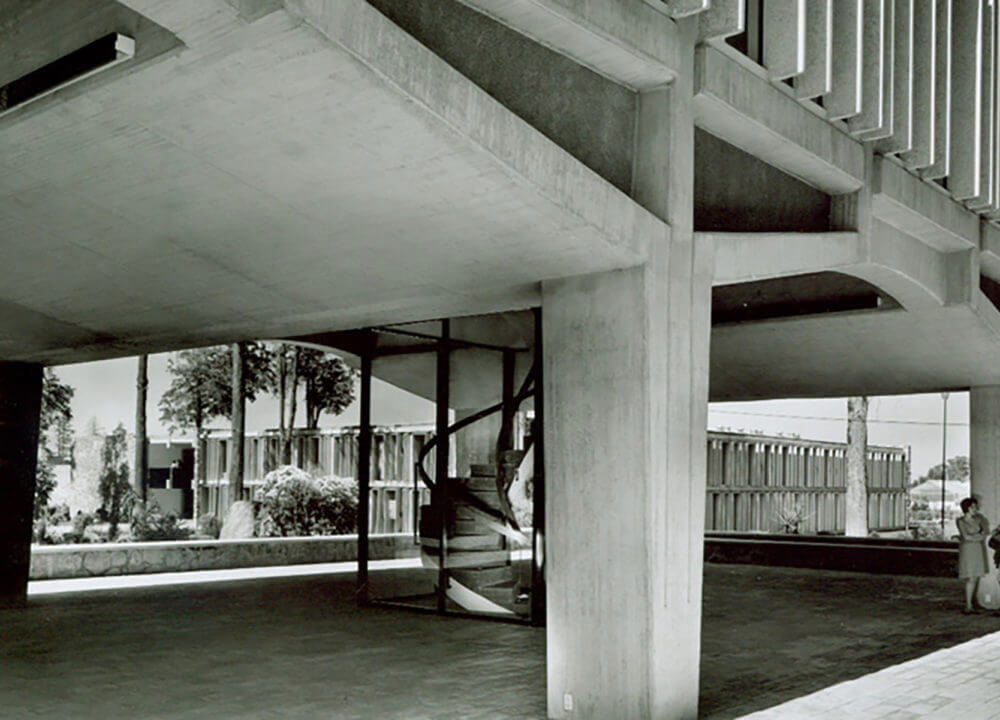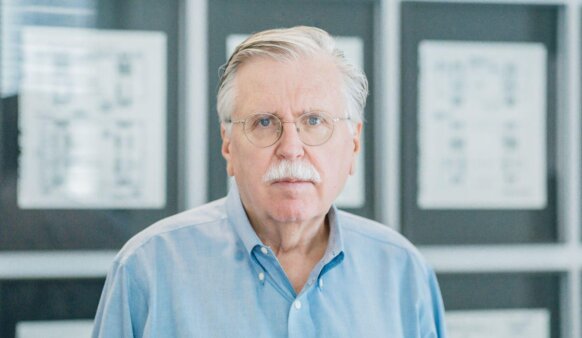NEW YORK—An online “museum” honoring Perkins&Will’s 85th anniversary offers design enthusiasts the opportunity to explore some of the most pivotal projects in the firm’s history. The digital museum, which launched its first exhibition in January, offers visitors a multi-media experience that includes a timeline, archival photographs, artifacts, mementos, and audio clips with designers. From rapid pen-and-ink sketches to impressive feats of analogue drafting, the collection demonstrates the craftsmanship and artistic skill of Perkins&Will architects since 1935. It also serves as an opportunity for visitors to see how the firm has learned from—and built upon—its past.
“Every day, we are reminded of the importance of our commitment to make the world a better, more beautiful place,” says Ralph Johnson, global design director of Perkins&Will. “The exhibitions featured in our digital museum showcase projects that, through the years, have upheld this promise to our clients and communities.”
Here’s an overview of the museum’s content:





